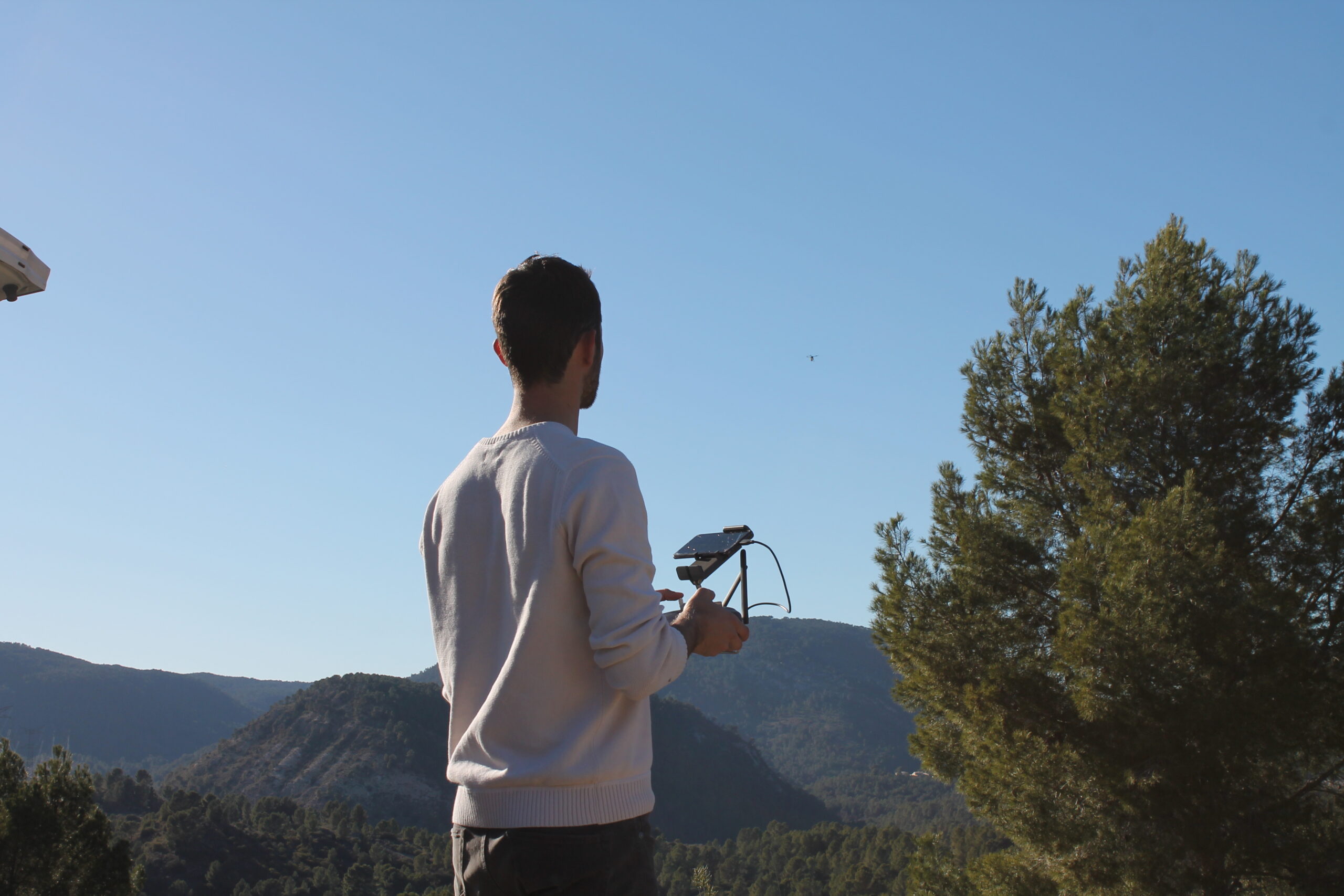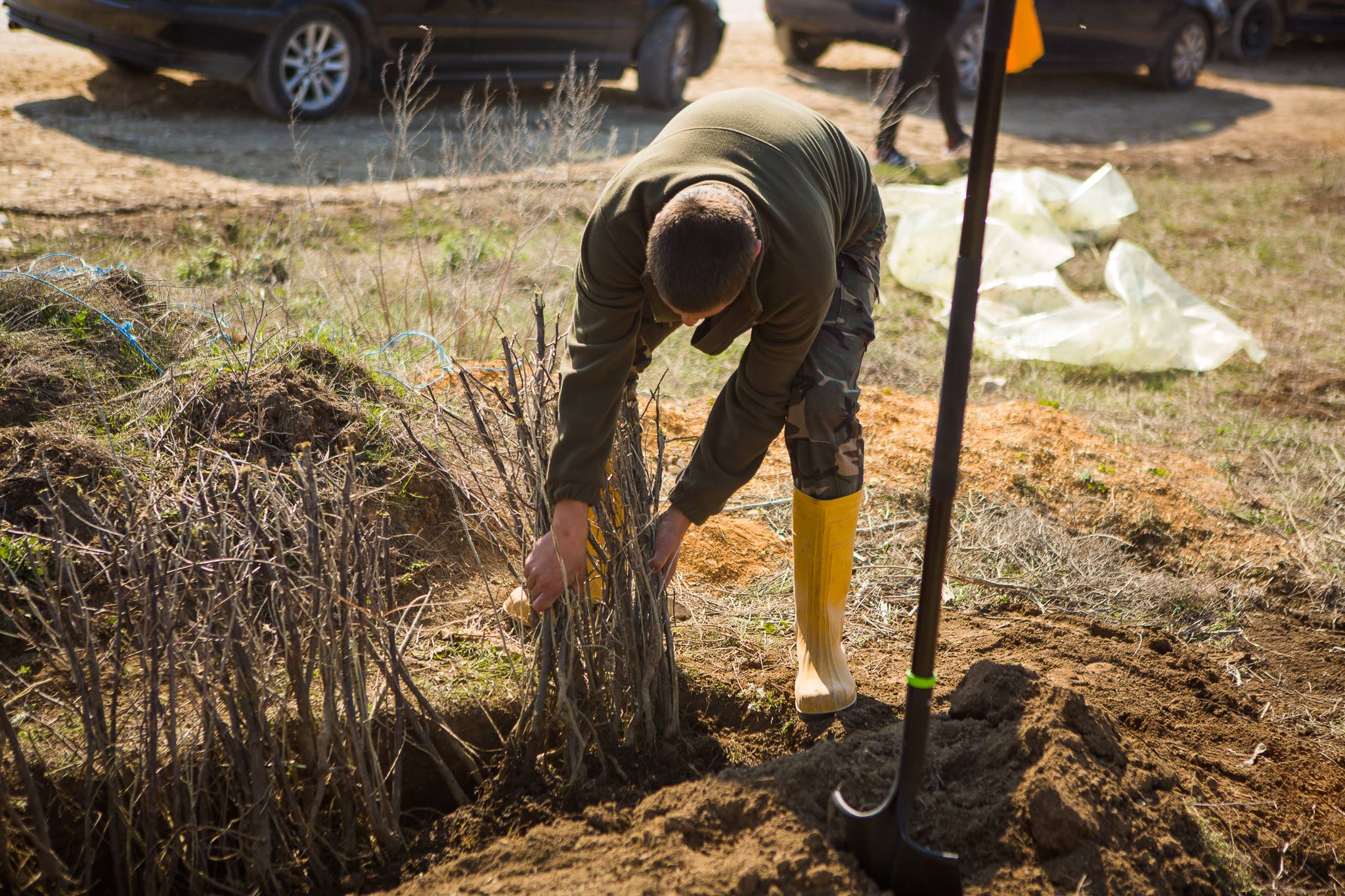
The Cerro de Monserrate sits on top of Bogotá’s city center. It overlooks the urban area, with its hectares full of forests, where hiking means immersing in biodiversity. This same nature struck Juan Carlos Sesma, who – back in 2015 – was there for a business trip. That’s when he witnessed the devastation of Bogotá’s forest due to severe wildfires. Since then, he understood that his will to do something to fight climate change had to evolve into something more tangible. Being a managing and retail consultant, he thought about optimizing tree reforestation.
Once he came back to Spain, he started working on smart seeds, testing them in the Monasterio de la Oliva – a Cistercian monastery in the eastern part of Navarra. Those seeds make not only germinate trees, but CO2 Revolution too, a start-up working – from 2018 – on optimizing reforestation. It involves companies in carrying out reforestation projects.
“From 2018, we strive to provide society with good fruits to the largest scale possible,” says Sesma. The fruits metaphor is one of the favorite ways for Sesma to explain what his company does. Most of the trees CO2 Revolution planted are still too young to produce any fruit, yet the first results are there.
The company planted more than 600.000 trees, contributing to reforesting areas with high ecological heritage. From the northern Galicia to southern Andalusia, CO2 Revolution smart seeds are reforesting bare soils and reestablishing biodiversity. All of this has been possible thanks to technology, such as drones and data analysis.

Juan Carlos Sesma
CO2 Revolution founder
Formerly a retail consultant, he started the company to restore biodiversity.
Smart seeds
Sesma started experimenting in the monastery with fiar Enrique Carrasco. The monk – whose order follows Saint Benedict’s principle of ora et labora, pray and work – shared his knowledge on plantations with Sesma. That’s where the idea of smart seeds was born.
Since the seeding is planned to be executed in an unmanned way, grains need to be protected. To do that, they are pregerminated and encapsulated with all the nutrients they need to grow. The capsule also keeps insects and rodents away. Then it is all about time, with the seed that grows into a bud and later into a strong and healthy tree.
“On one hand, smart seeds allow us to grow trees efficiently. On the other, we take advantage of data science to sow plants the best way possible,” underlines Salma Kabbani Alonso. She’s CO2 Revolution’s communication manager.
Planning reforestation
One might think that it is all about finding a drone, embedding into it a module to sow the smart seeds, and it is all done. There is much more than that. Prior to reforestation, forest engineers conduct a thorough analysis of the soil, the climate, and the autochthonous species of the area. Once this preliminary study is over, the local authorities give their green light. Thereafter, it’s time for establishing the species to plant in those areas – finding the ones able to capture as much carbon dioxide as possible, while being able to foster biodiversity.
Reforestation can begin. Drones are autonomous, which means that operations’ planning happens beforehand, optimizing them as much as possible. Furthermore, manual plantation is also performed. the human factor is still relevant for CO2 Revolution, which also involves people in its operations.

Whole forests’ design
CO2 Revolution’s goal is to restore biodiversity. By this, it is meant that not only trees are planted, but – in a way – what is being done is a comprehensive forest design. Drones and people sow Shrubs and grass species too. To block wildfires, drones eject lush trees at the edge of the forest, to act as a natural barrier able to avoid massive fire spread.
Furthermore, the new woods are looked after, replacing the plants that didn’t grow up and implanting more trees. Keeping an eye on the forest is essential to make sure that it grows well.
The new forest becomes part of the Spanish national database, thus calculating the amount of carbon dioxide compensated. CO2 Revolution itself is not all about smart seeds. “We offer different services such as footprint calculation and carbon dioxide offsetting,” highlights Kabbani. It’s after knowing how much they emit, that companies feel moved to do something for the planet.

Companies commitment
Since 2018, 21 new forests came to life. Through different initiatives, companies such as Deloitte, Stihl, and Iberdrola are offsetting for their carbon footprint in Spain.
Mass plantation projects usually involve areas severely affected by wildfires, such as Ávila’s area and Cortes de Pallás – located near Valencia. Firms involve their employees in the plantation days too and offer them the chance to monitor in real-time the forest’s status.
Global challenge
“Technology is what makes us advance further. Investments in Research, Development, and innovation are key,” stresses Sesma.
To do this, CO2 Revolution works almost as one with ID Forest, a biotech lab researching new ways of improving plants’ growth. “We are optimistic about the future. Mitigating climate change is possible, but this can’t be done without the collaboration of all societal actors. The more we reforestate, the larger the amount of oxygen in the air and of the carbon we can capture. Global warming can also be lightened while preventing soil erosion,” Kabbani adds.
Such ambitions are bigger than Spain. CO2 Revolution has on its agenda a reforestation project in Portugal while discussing some initiatives in France too. From Bogotá to Spain, to the world, drones can be precious allies in reestablishing biodiversity.

